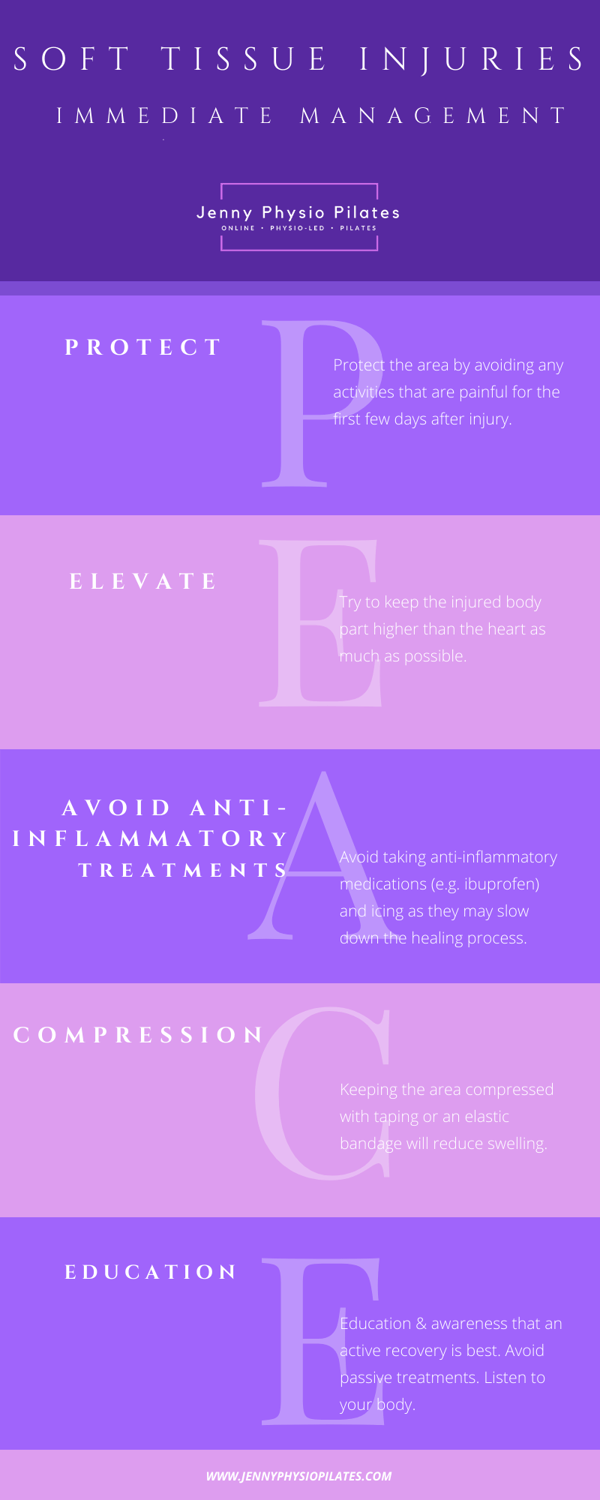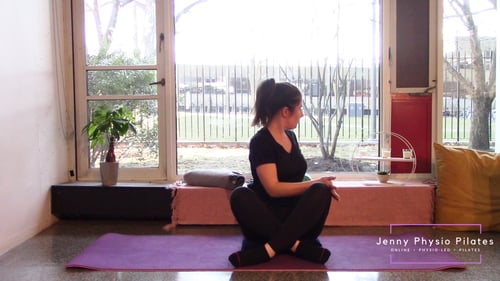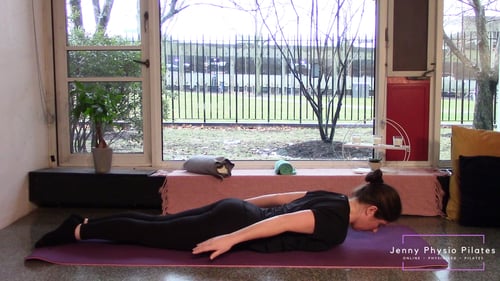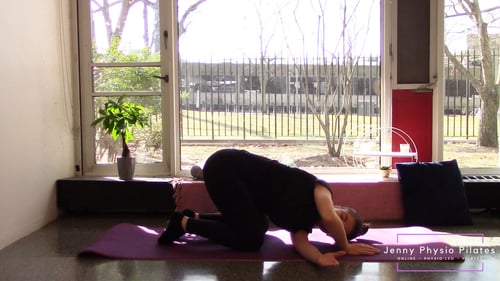Do you find yourself feeling tight or stiff when working from home? Do you have your work station set up appropriately? Here are some tips & tricks to help keep you pain free while working from home!
How to set up your work station:
- Chose a comfortable chair with a backrest.
- Make sure your desk has enough room underneath it for your legs to easily fit.
- Ensure that your shoulders are relaxed, upper arms comfortably by your side and wrists in a neutral position (not bent up/down).
- Your keyboard should be directly in front of you within a comfortable reach and your mouse alongside it.
- Bring your chair as close to your desk as manageable (adjust the armrest height if in the way).
- Sit with your back comfortably resting against your back rest.
- Place both feet flat on the floor, or if they do not reach (if you’re of short stature like me!) place them in a box or stool.
- The upper third of your screen should be at eye-level and at arms length from you.
Other tips to keep any niggles at bay:
- Try not to overthink your posture - our bodies are built to move and adapt: your next posture is your best posture!
- Aim to get up from your desk and move at least every thirty minutes.
- If you can, use a headset when taking calls.
- Try to incorporate as much movement as you can into your work day:
- Can you take a work call while going for a walk?
- Can you take a video call standing rather than sitting?
- Try to keep a routine and structure in your day.
- Exercise! Not only will it help to keep you physically in check but mentally and emotionally too 😊
Keep yourself moving at your desk:
Here are some simple exercises to do at your desk, for times when you do not have the opportunity to get up and move:
1. Seated twist - get your upper back moving!

- Move yourself forward in your chair, away from the backrest, and keep your feet on the floor.
- Sit up tall and place your arms across your chest (like you are making the letter ‘X’).
- Inhale and grow as tall as you can through your spine. Exhale and twist to your right.
- As you breathe in, grow tall again and each time you exhale see can you twist a little further. Aim for about 5 breath cycles.
- Repeat this to the left side.
**You may feel a tightness or stretch feeling in your upper back. If you feel any pain please stop the exercise immediately.**
2. Stretch out your shoulders and neck:
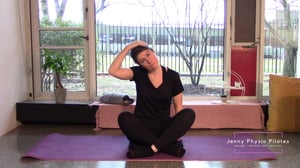
- To stretch your right side: sit comfortably and tilt your left ear towards your left shoulder.
- You should feel a stretch in the right side of your neck or across the top of your shoulder.
- If you would like to intensify the stretch: sit on your right hand and/or place your left hand onto your head to gently pull a little further.
- Aim to hold the stretch for 20-30seconds.
- Repeat on the opposite side.
**You should not feel any pain, if you do please stop the exercise immediately**
3. Stretch your low back and hips:
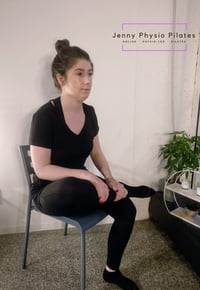
- To stretch your right side:
- Move yourself forward in your chair, away from the backrest and keep your feet on the floor.
- Place the outside of your right leg/ankle across your left thigh.
- Sit up tall and gently lean forward.
- Hold for 20-30 seconds.
- Repeat on the opposite side.
- You should feel a stretch in your right low back or buttock area.
**You should not feel any pain, if you do please stop the exercise immediately**
🌟If you find these exercises helpful, you can see detailed videos on a variety of exercises and injuries in our Members' Area, alongside a comprehensive on-demand library of Clinical Pilates Classes. 🌟
Information based on:
Chartered Physiotherapists in Occupational Health & Ergonomics (2020). A Guide To Working Well and Safely in Your Home Office. Ireland: ISCP.
**Please note: The information in this blog post is for general information and not meant to replace a medical or physiotherapy assessment.

